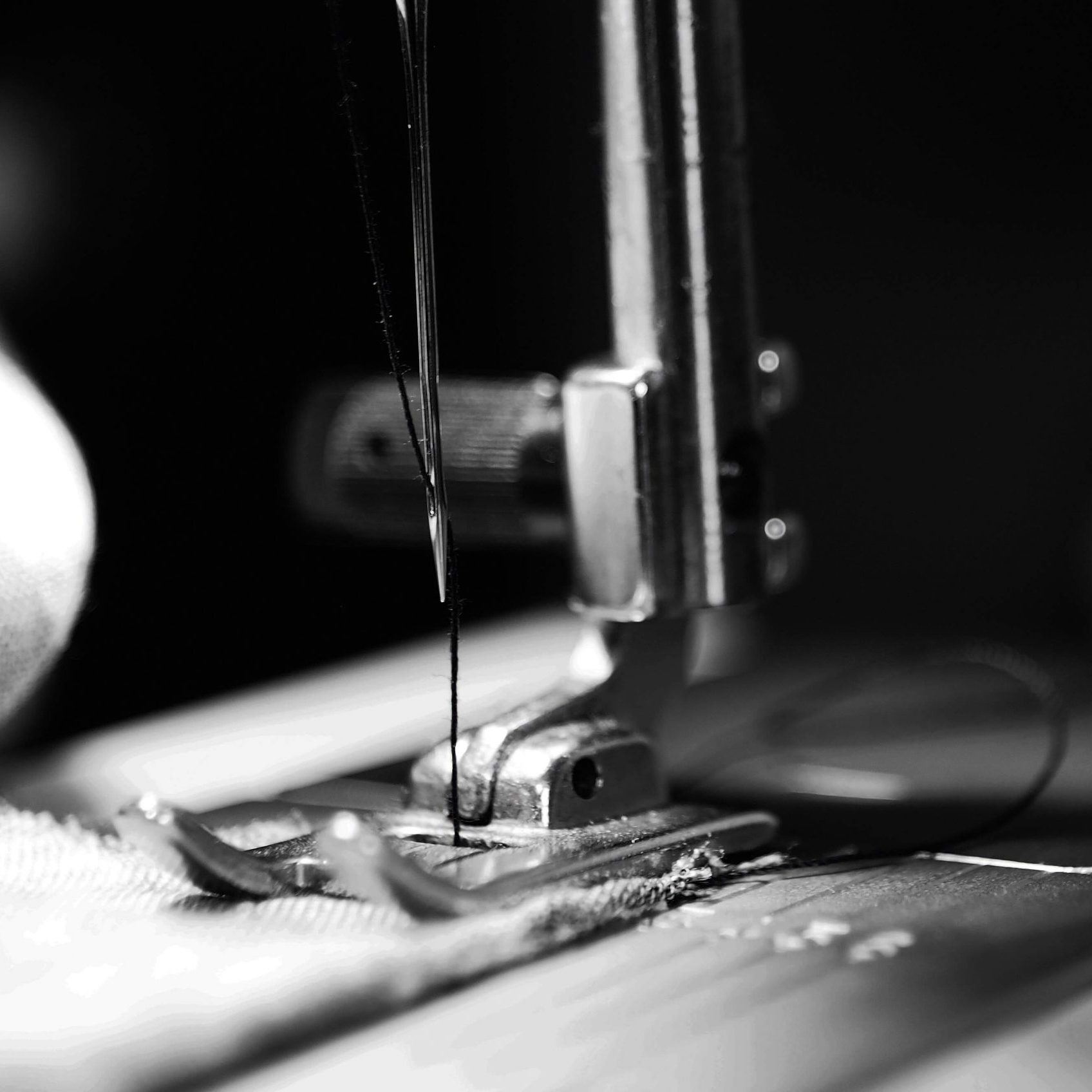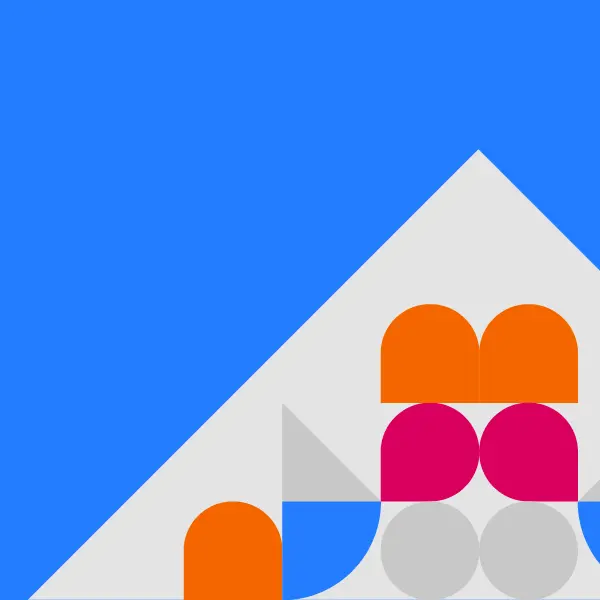
AI-generated summary
Industry 4.0 represents the integration of automation and data exchange within manufacturing, leveraging nine core technologies such as Autonomous Robots, IoT, Cloud Computing, Big Data, and Augmented Reality to create smart factories where machines, systems, and humans communicate seamlessly. This concept primarily builds on applying IoT to existing automated industrial systems to boost productivity and efficiency, particularly in large-scale factories, transportation, logistics, and supply chain management. However, integrating IoT with older industrial infrastructure presents challenges, often addressed by using gateways that connect legacy systems to cloud platforms and enable edge computing for data processing close to the source.
The Industrial Internet of Things (IIoT) is a key aspect of Industry 4.0, with adoption led by the Americas, followed by EMEA and Asia Pacific, mainly in industrial products, electronics, and automotive sectors. Major companies exemplify IIoT applications: General Electric uses thousands of sensors across factories to monitor processes and enable predictive maintenance through Big Data analytics; Stanley Black & Decker improves production efficiency via real-time monitoring with RFID and Wi-Fi; Bosch employs IoT and Big Data for preventive maintenance, boosting productivity across multiple plants; and Seat utilizes IoT to monitor factory machinery and logistics, enhancing operational management. Energy optimization is another common application, reducing electricity consumption. Industry collaborations like The Industrial Internet Consortium promote interoperability and standardization in this evolving landscape.
Industry 4.0 uses IoT to coordinate, automate and monitor industrial processes.
Industry 4.0 refers to the use of automation and data exchange in manufacturing. According to the Boston Consulting Group, there are nine main technologies that make up Industry 4.0: Autonomous Robots, Simulation, Integration of horizontal and vertical systems, IoT, Cybersecurity, Cloud Computing, Additive Manufacturing, Big Data, and Augmented Reality. These technologies are used to create a “smart factory” where machines, systems, and humans communicate with each other to coordinate and monitor progress along the assembly line.
Therefore, we are talking about the application of IoT to existing automated industrial systems that seek dramatic improvements in productivity and efficiency. The most common sectors could be large-scale factories or manufacturing plants, but also transportation and logistics, including supply chain management applications.
Automated industrial systems
Existing automated industrial systems within factories may have been installed more than a decade ago, therefore, integrating information from these systems to support IoT presents certain difficulties when it comes to managing and adapting to existing infrastructure.
Industrial IoT solutions must include gateways . Basically, these gateways can be a device or a software program that allows the connection between the cloud and sensors or controllers. One of the main uses of gateways is to translate the protocols used on the manufacturing floor to those supported to handle data in the cloud. In addition to this, gateways are efficient avenues for data logging and information processing solutions. This is called Edge Computing.
In technical jargon, these solutions are called IIoT (industrial internet of things). Although in certain taxonomies, smart city, autonomous vehicle and health solutions fall within the IIoT, we have preferred to treat these three areas separately to facilitate the understanding of the impact of each of them.
According to a study by PTC,the Americas lead IIoT adoption with 45%, followed by EMEA (33%) and Asia Pacific (22%). The top sectors that implemented IIoT solutions were industrial products (25%) followed by electronics and high-tech (23%) and automotive (13%).
IoT in Industry 4.0
Some examples of IoT installations in industry:
• General Electric is a multinational conglomerate, active in the segments of healthcare, aviation, renewable energy, power generation, additive manufacturing, lighting, transportation, oil and gas, as well as venture capital and finance. It has installed nearly 10,000 sensors at its battery manufacturing plant. These sensors are connected to more than 400 factories worldwide. Its purpose is to gather thousands of process variables every 250 milliseconds. This data is extracted to feed Big Data solutions and notify of deviations or anomalies in order to take preventive or corrective measures.
Our FTF expert Rebecca Lawson explains what the Digitization of Things is like at GE:
Stanley Black & Decker, a tool manufacturer , works on monitoring its production lines in real time through mobile devices, RFID and Wi-Fi, with which they have achieved an improvement in equipment effectiveness of 24%, a 10% improvement in labor utilization and a 10% improvement in the overall performance of its Reynosa plant,
The Bosch Group, the world’s leading provider of technology and services, is applying IoT for the monitoring of production flows, and Big Data for preventive maintenance. With this it has managed to increase productivity by 20% since 2012 in 11 of its production plants with more than 6,000 connected machines in total. Bosch has 250 factories worldwide, and the company’s plan is to introduce the same technology in all of them.
Seat has implemented IoT solutions with the aim of having a better management of its Martorell factory. Both machinery and facilities are monitored, generating an early warning system. They also use more than 250 automatically guided vehicles that allow to transport engines, gearboxes, etc.
.A very horizontal application in the industry and that is also common in smart cities and in smart homes and buildings is the optimization of energy expenditure; Basically, the reduction of electricity consumption. As in the other large sector of IoT application, that of smart cities, in the industrial sector we also find partnerships that pursue between their purposes, interoperability and agreement on standards. The most powerful in this area is The Industrial Internet Consortium.

Vicepresidente de Marketing en GE Digital
